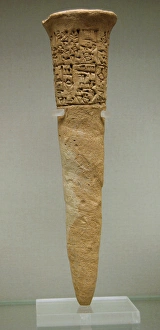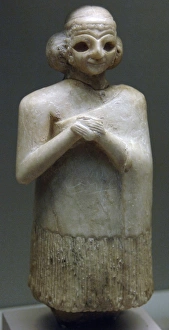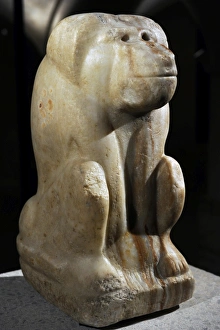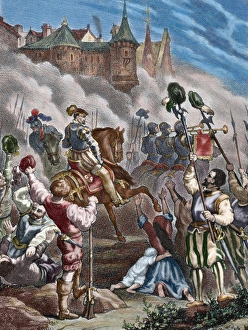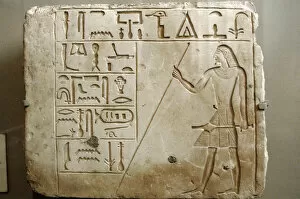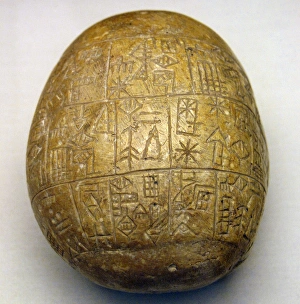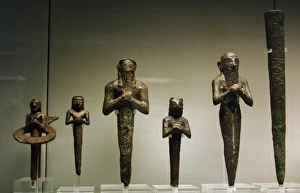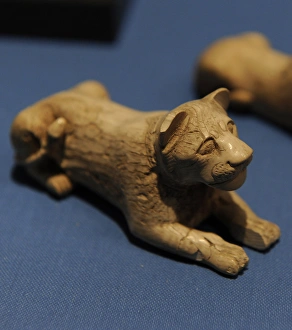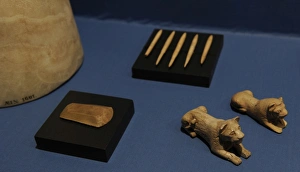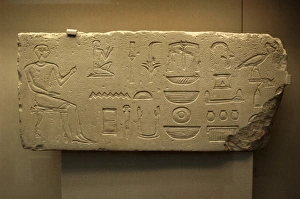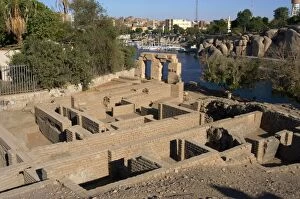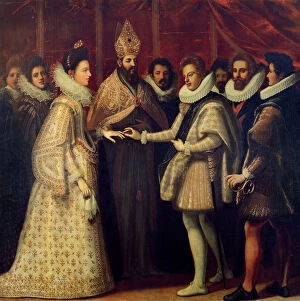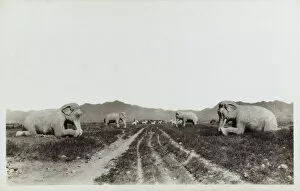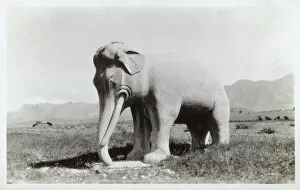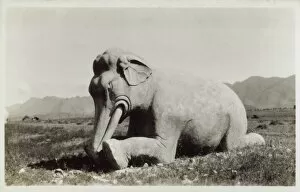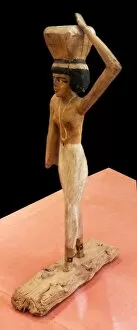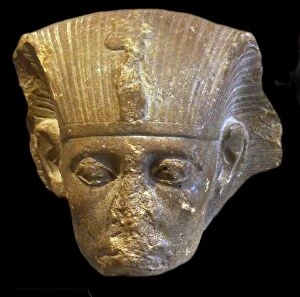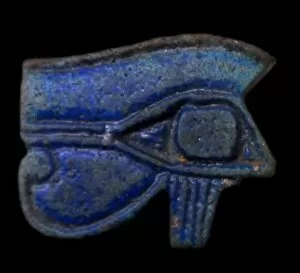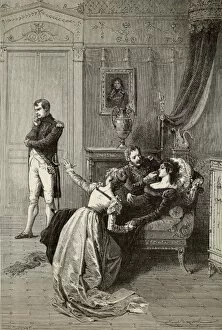Dynastic Collection (page 2)
"Dynastic Delights: Tracing the Royal Lineage from The Royal Oak to Ankara" Step into the fascinating world of dynasties as we unravel the intricate tapestry of history
All Professionally Made to Order for Quick Shipping
"Dynastic Delights: Tracing the Royal Lineage from The Royal Oak to Ankara" Step into the fascinating world of dynasties as we unravel the intricate tapestry of history. From Queen Victoria and her illustrious descendents to a captivating illustration showcasing four generations of the English Royal Family, witness how bloodlines shape nations. Journey through time as we explore monumental milestones such as "100 Years of the Napoleonic Code in France - 1804-1904, " a testament to legal evolution. Marvel at Ankara, Turkey's capital, where ancient dynasties once reigned supreme, leaving behind remnants that whisper tales of power and grandeur. Delve into medieval times with Ms Fr 2629 fol. 167 Queen Melisande of Jerusalem (1109-60), an enchanting glimpse into royal life during a bygone era. Unearth secrets buried deep within Egyptian tombs as an ancient skeleton reveals its silent story. Experience regal splendor at the prestigious "Royal Gathering at Windsor - European Royalty, " where kings and queens converge in a display of opulence and diplomacy. Engage in timeless entertainment with the "Royal Game of Ur" from Early Dynastic III Period, transporting you back to Mesopotamian civilization. Witness familial bonds transcending borders with "Uncle and Nephew - King Edward VII and Kaiser Wilhelm II, " showcasing both unity and rivalry between two influential monarchs. Immerse yourself in Mesopotamia's rich heritage through commemorative stone stelas like those found in Babylonian ruins or marvel at stunning lion heads adorning temples dedicated to Ninhursag. Finally, encounter statues like that of Kurlil from Mesopotamia's Early Dynastic Period; these stone figures stand tall amidst shifting sands, preserving memories etched by long-forgotten hands.

